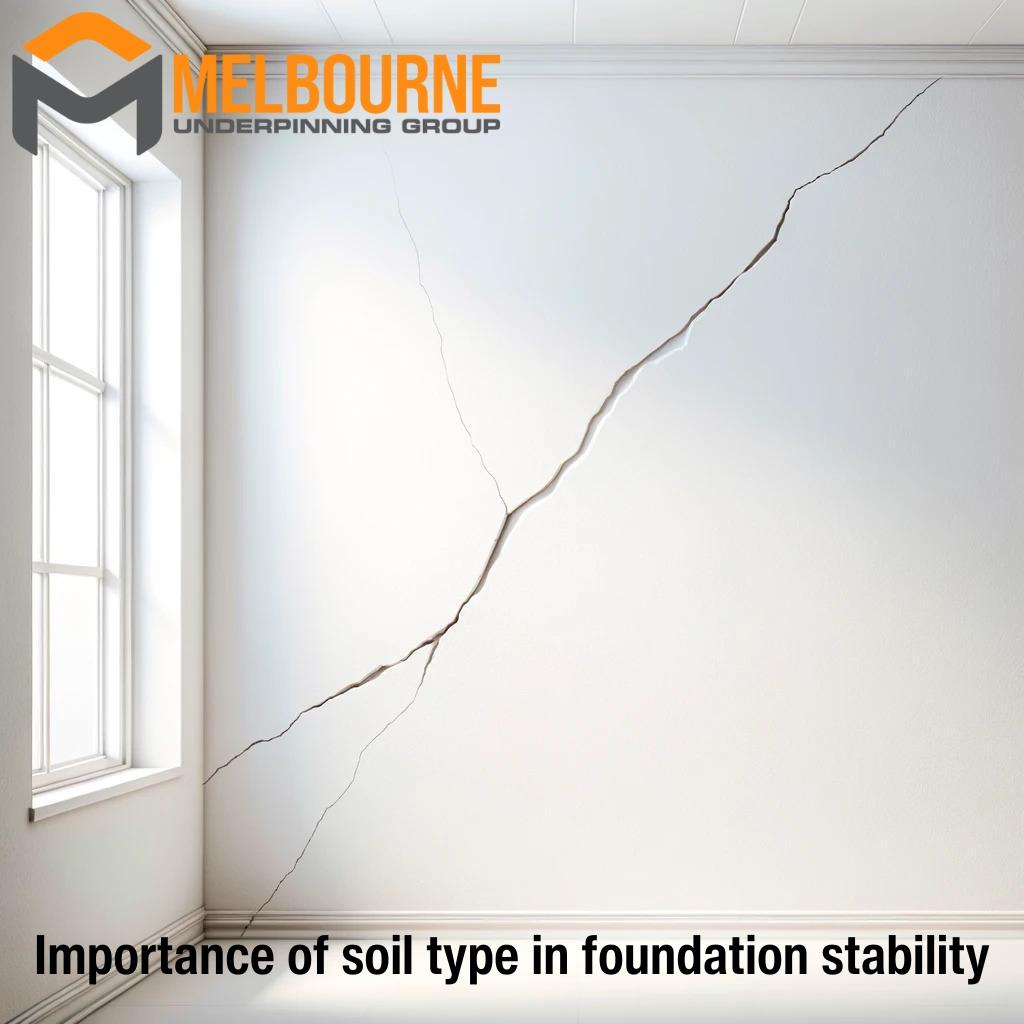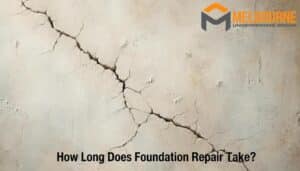
The type of soil plays a crucial role in foundation stability in Melbourne, especially when considering underpinning a house. It serves as a vital indicator of soil fertility, drainage efficiency, water-holding capacity, and potential for erosion. Professional underpinning contractors leverage these intricate details to make well-informed decisions regarding land use and management, ensuring that the house underpinning is robust and resilient.
In this blog, we’ll delve deeper into various soil classifications and understand their significance in relation to the stability of house foundations.
What is Australia’s Soil Classification System?
In Australia, we use a system to organise soils into groups, making them easier to identify. Imagine putting similar soils together into their own special categories, like sorting toys into different boxes. There are four main groups: organic soils (like soils with a lot of plant material), sands, loams (a mix of sand, silt, and clay), and clays.
Also, there’s something called the Soil Class Foundation. This is another way to sort soils, and it has seven different groups or “classes.” In Melbourne, there are some common types of soil that you’ll see more often.
- A: Locations characterised by sand and rock foundations that display minimal or no ground shifting due to variations in moisture content.
- S: Sites featuring slightly reactive clay, showing minor ground alterations caused by moisture level fluctuations.
- M: Areas with clay or silt foundations that are moderately responsive, undergoing medium levels of ground adjustment due to changes in moisture.
- H1: Locations prone to a substantial degree of ground fluctuation, causing 40-60mm of surface shifting.
- H2: Sites undergoing intense ground movements, leading to surface variations between 60-75mm.
- E: Areas with highly reactive clay foundations that endure severe ground modifications due to moisture variations.
- P: Challenging locations encompass soft foundations like delicate clay or silt, unsettled sands, landslides, mining subsidence, vulnerable to collapsing or eroding soils, and other areas that don’t fit standard classifications.
Do I Need a Soil Test Before Underpinning?
Yes, you need a soil test before underpinning. Here are the following reasons why:
Foundation Stability
The stability of a building’s foundation is profoundly affected by the soil’s physical properties and variety, inclusive of its moisture content and compaction. In cases where the soil is unsuitable, implementing additional precautions might be requisite.
Soil Settlement
Certain soils, particularly clay, are inclined to expand and contract, resulting in settling or shifting progressively, potentially inflicting structural harm to the building. Soil assessments can unveil potential issues related to soil settlement, facilitating the erection of foundations in a suitable manner.

Groundwater Levels
Groundwater levels can influence the stability of a building, also governing the site’s appropriateness for septic systems or subterranean utilities. Through soil evaluations, the groundwater’s extent in the area can be ascertained, and its influence on the building can be appraised.
Soil Contamination
The pollution of soil by detrimental substances such as heavy metals, chemicals, or petroleum derivatives constitutes a hazard to human well-being and the environment. Soil examinations can detect the existence and magnitude of such contaminants, allowing for the necessary corrective actions to be undertaken prior to construction.Want to learn about the signs you need underpinning? Check out our blog here for more details.






